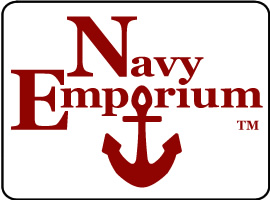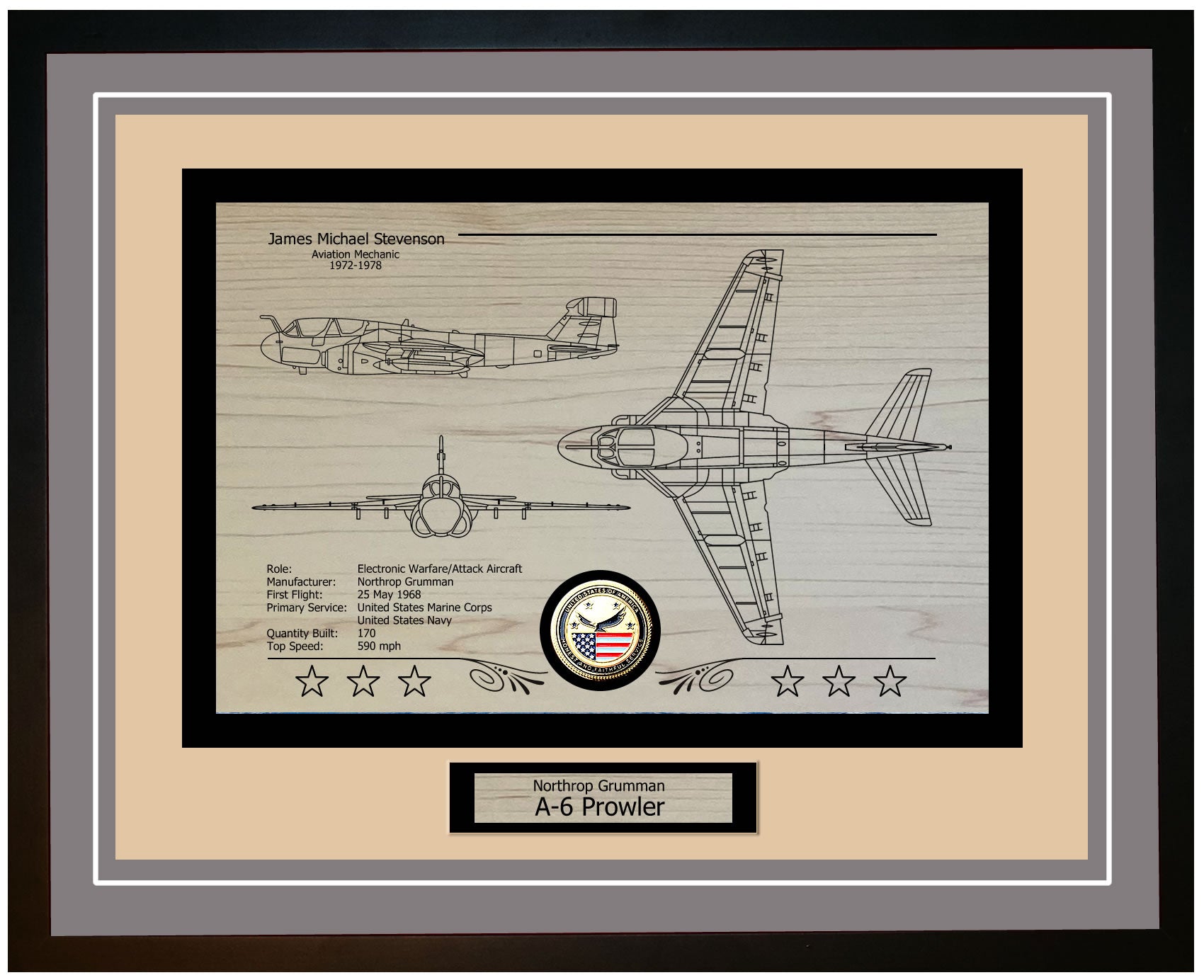The USS Cockrill (DE 398) was a John C. Butler-class destroyer escort built during World War II to enhance the U.S. Navy's capabilities in anti-submarine warfare and convoy protection. Construction of the ship began on August 4, 1943, at the Brown Shipbuilding Company in Houston, Texas, and it was launched on October 23, 1943. The USS Cockrill officially joined the fleet on February 21, 1944, as part of the Navy's efforts to rapidly expand its forces in response to the growing demands of the war.
Named in honor of Ensign John Cockrill, a Navy aviator who was posthumously awarded the Navy Cross for his bravery during the Battle of Midway, the USS Cockrill served as a tribute to the courage and sacrifice of those who fought during the war. Ensign Cockrill's actions symbolized the dedication and valor of U.S. servicemen, and naming the ship after him ensured that his legacy would live on, reminding future generations of the sacrifices made by those who served in the Navy.
The USS Cockrill shared design features and weaponry with other ships in the John C. Butler class, which were specifically built for anti-submarine operations. Armed with two 5-inch guns, four 40mm anti-aircraft guns, ten 20mm anti-aircraft guns, three 21-inch torpedo tubes, and depth charge projectors, the Cockrill was well-equipped for submarine warfare and convoy defense. The ship's speed and maneuverability made it an effective protector of Allied shipping routes, capable of engaging enemy submarines and safeguarding convoys from U-boats and Japanese submarines.
The John C. Butler-class destroyer escorts, including the USS Cockrill, played a critical role in ensuring the safety of Allied shipping during World War II. These ships, smaller and more affordable than traditional destroyers, offered a cost-effective solution to the Navy’s need for anti-submarine warfare vessels. Despite their smaller size, they were equipped with the firepower and technology needed to carry out their missions effectively. The class, named after Lieutenant John C. Butler, consisted of 85 ships, each of which played an important role in securing naval superiority during the war.
After its commissioning, the USS Cockrill underwent training and readiness drills before being deployed to the Pacific Theater. There, it took part in vital missions such as convoy protection, anti-submarine patrols, and support for amphibious assaults. The ship’s contributions during World War II highlighted the importance of destroyer escorts in maintaining the safety of maritime shipping and securing victory in naval engagements.
In summary, the USS Cockrill was a testament to the efficiency and effectiveness of the John C. Butler-class destroyer escorts. Its service during World War II not only demonstrated the critical role of such ships in ensuring victory but also honored the legacy of Ensign John Cockrill and the many others who served with valor and distinction.
USS Cockrill DE-398: A Detailed Dive into the Structure, Technology, and Arsenal of a Naval Guardian
The USS Cockrill (DE 398) was a John C. Butler-class destroyer escort, renowned for its versatility and adaptability during World War II. Measuring 306 feet in length, with a beam of 36.75 feet and a draft of 13.5 feet, the ship was compact yet formidable, designed to meet the challenges of anti-submarine warfare and convoy protection. Its hull, made of welded steel, provided a strong yet flexible foundation capable of withstanding the rigors of naval combat. The ship’s superstructure was carefully designed to maximize visibility and operational efficiency, featuring a bridge with an unobstructed view of the surrounding waters. The layout of the ship was strategically arranged, allowing crew members quick and easy access to critical areas for rapid responses in any situation.
In terms of technology, the USS Cockrill was equipped with advanced systems for its time. Powered by two General Electric turbo-electric drive engines, the ship generated a combined 12,000 shaft horsepower, enabling it to reach speeds of up to 24 knots. This agility was essential for its primary roles as an escort vessel and anti-submarine warfare ship. The USS Cockrill was also equipped with state-of-the-art radar and sonar systems, including the SL surface search radar and the QHB sonar, which were instrumental in detecting enemy submarines and surface vessels, giving the ship a tactical edge in open waters.
When it came to weaponry, the USS Cockrill was well-armed to defend against a variety of threats. Its primary armament consisted of two 5-inch/38 caliber dual-purpose guns, capable of engaging both surface and airborne targets. In addition, the ship was equipped with three 21-inch torpedo tubes and two depth charge tracks, providing a powerful offensive capability against submarines. The USS Cockrill also carried a Hedgehog anti-submarine mortar, a distinctive weapon designed to launch explosive charges that would intercept enemy submarines on contact, further enhancing its anti-submarine effectiveness.
To protect against aerial threats, the USS Cockrill was equipped with robust anti-aircraft defenses. It featured two twin 40mm Bofors guns and ten 20mm Oerlikon cannons, strategically positioned around the ship to offer full coverage against enemy aircraft. These weapons were essential for defending the ship from air attacks, ensuring its protection during convoy escorts and other missions.
The combination of cutting-edge technology, powerful armament, and a thoughtfully designed layout made the USS Cockrill a highly effective and versatile asset to the U.S. Navy during World War II. Whether engaging surface vessels, defending against air attacks, or hunting submarines, the ship was prepared for a wide range of combat scenarios. The USS Cockrill’s ability to adapt to various threats, coupled with its speed and firepower, solidified its role as a vital part of the Navy’s efforts to safeguard Allied shipping and maintain control of the seas.
USS Cockrill DE-398 Crew Member Reports of Time Aboard
USS Cockrill DE-398: Evolution of a Naval Guardian
The USS Cockrill (DE 398) underwent several upgrades during its time in service to ensure it remained a valuable and effective asset to the U.S. Navy. Commissioned during World War II, the ship was initially equipped with anti-submarine warfare (ASW) technology of the time, including depth charge projectors and the Hedgehog anti-submarine mortar. As technological advancements were made, the Cockrill received upgrades to its radar and sonar systems, enhancing its ability to detect, track, and engage enemy targets in a rapidly changing maritime threat environment. These improvements ensured that the ship remained effective in a variety of operational scenarios throughout its service.
The primary mission of the USS Cockrill was to serve as an escort destroyer, safeguarding convoys and larger vessels from submarine and aerial threats. Its powerful ASW capabilities made it particularly suited to this role, allowing it to detect and neutralize enemy submarines before they could endanger Allied shipping. In addition to its primary anti-submarine duties, the ship was equipped with 3-inch guns and anti-aircraft artillery, providing a robust defense against both surface and aerial adversaries.
As the years went on, the Cockrill’s mission scope expanded beyond escort and combat operations. It took on additional roles, including search and rescue missions, coastal patrols, and participation in training exercises, showcasing its versatility and adaptability. These varied responsibilities highlighted the ship’s ability to support a wide range of naval operations and contribute to the Navy's readiness across multiple fronts.
During its time in service, the USS Cockrill made significant contributions to the fleet, especially during World War II and the early Cold War years. In wartime, the ship played a key role in safeguarding convoys during the Battle of the Atlantic, ensuring the safe passage of troops, supplies, and critical resources vital to the Allied war effort. Its presence on the high seas served as a deterrent against enemy threats, reducing the risk to vital shipping lanes and contributing to the success of convoy operations.
After the war, the Cockrill continued to serve, participating in NATO drills and maintaining maritime stability in key regions around the globe. Beyond its combat and escort duties, the USS Cockrill also contributed to the Navy's training efforts, serving as a platform for educating sailors in ASW tactics, seamanship, and naval procedures. This role was crucial in keeping Navy personnel prepared for emerging challenges and ensuring that the fleet remained at a high state of readiness.
The history of the USS Cockrill reflects a legacy of dedication, adaptability, and continued relevance in the face of changing technologies and shifting global conflicts. Through its service, the Cockrill played a vital role in enhancing the operational effectiveness of the U.S. Navy and left a lasting impact on its tactics and mission capabilities.
USS Cockrill DE-398: Guardian of the Seas - A Chronicle of Valor and Service
The USS Cockrill (DE 398) played a crucial role in significant missions during its active duty, especially throughout World War II. Launched in 1943, the ship's primary responsibility was to escort convoys across the Atlantic Ocean, safeguarding vital supply routes between the United States and Europe. These missions were essential for ensuring that troops and supplies reached their destinations safely, contributing directly to the Allied war effort. By accompanying convoys, the Cockrill acted as a formidable deterrent against enemy submarines and surface threats, providing a protective shield for the ships it escorted.
In addition to its convoy escort duties, the USS Cockrill was heavily involved in anti-submarine warfare (ASW) operations. Equipped with depth charges and advanced detection technology, the ship proved to be a capable adversary to German U-boats, playing a pivotal role in the ongoing battle for control of the Atlantic shipping lanes. The Cockrill took part in numerous ASW missions that not only neutralized submarine threats but also supported the broader strategic objectives of maintaining secure shipping routes for the Allies. Its effectiveness in these operations significantly contributed to the success of Allied forces during the war.
The Cockrill’s outstanding contributions did not go unnoticed. The ship was decorated with several awards, including the American Campaign Medal, the European-African-Middle Eastern Campaign Medal with battle stars, and the World War II Victory Medal. These accolades reflected the ship's dedication to its missions and the courage of its crew, underscoring its vital role in the Allied victory. The Cockrill’s performance in offensive operations was especially significant, as it helped secure the success of naval and logistics strategies during the war.
After World War II, the USS Cockrill continued its service during the early years of the Cold War. While it did not see combat during this period, the ship participated in numerous training exercises and fleet maneuvers to maintain readiness for potential conflicts. Its presence during this time symbolized the vigilance and preparedness of the United States Navy during a period of geopolitical uncertainty.
The legacy of the USS Cockrill endures through its wartime service, its commendations, and its dedication to the Navy's mission. The ship left a lasting mark on the operational effectiveness of the U.S. Navy and remains a testament to the bravery and skill of its crew.
USS Cockrill DE-398 Ship Specifications
| Specification | Details |
|---|---|
| Class | Edsall Class Destroyer Escort |
| Commissioned | December 24, 1943 |
| Displacement | 1,590 tons |
| Length | 306 feet |
| Beam | 36.8 feet |
| Draft | 12.3 feet |
| Speed | 21 knots |
| Complement | 209 |






